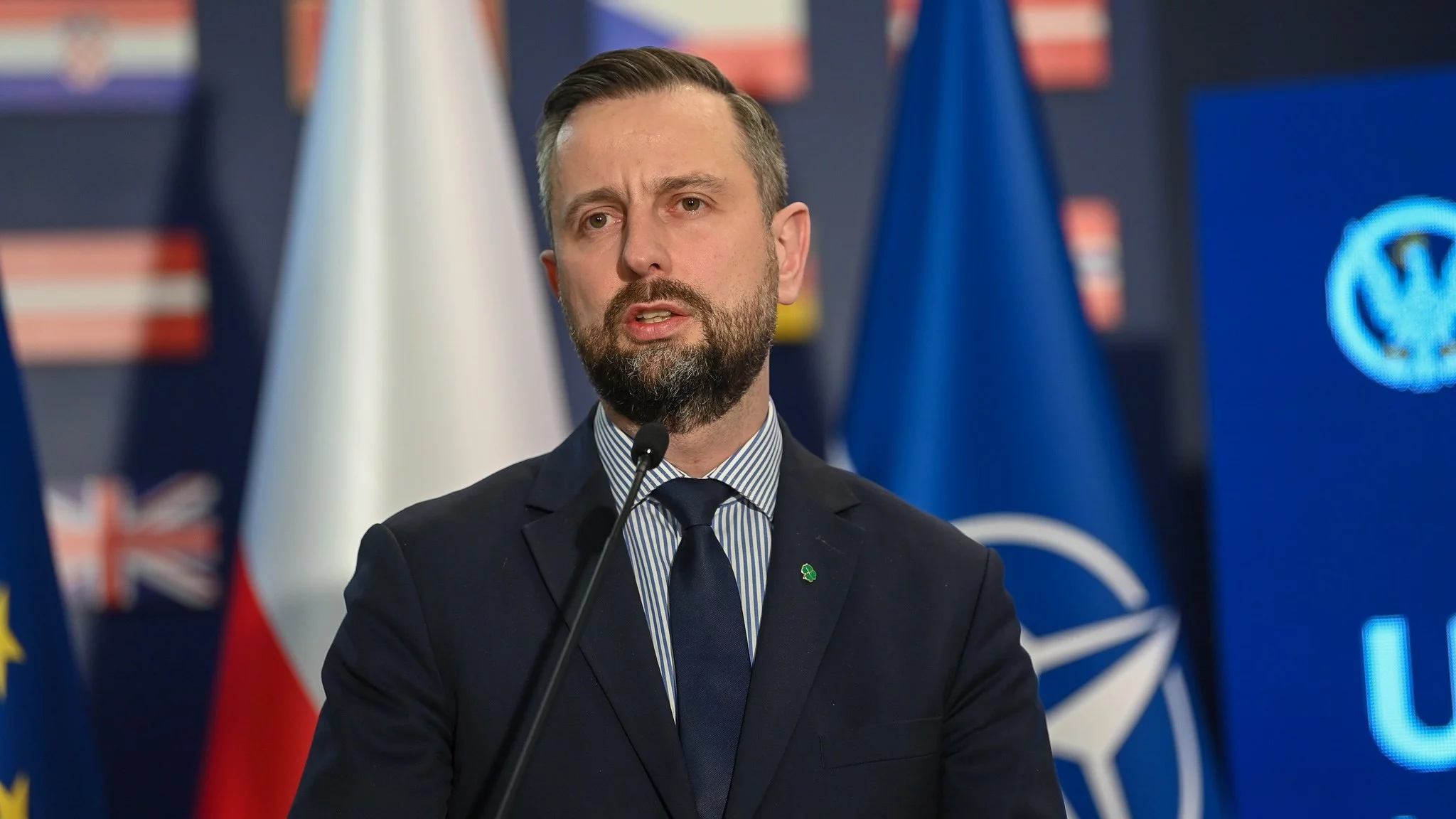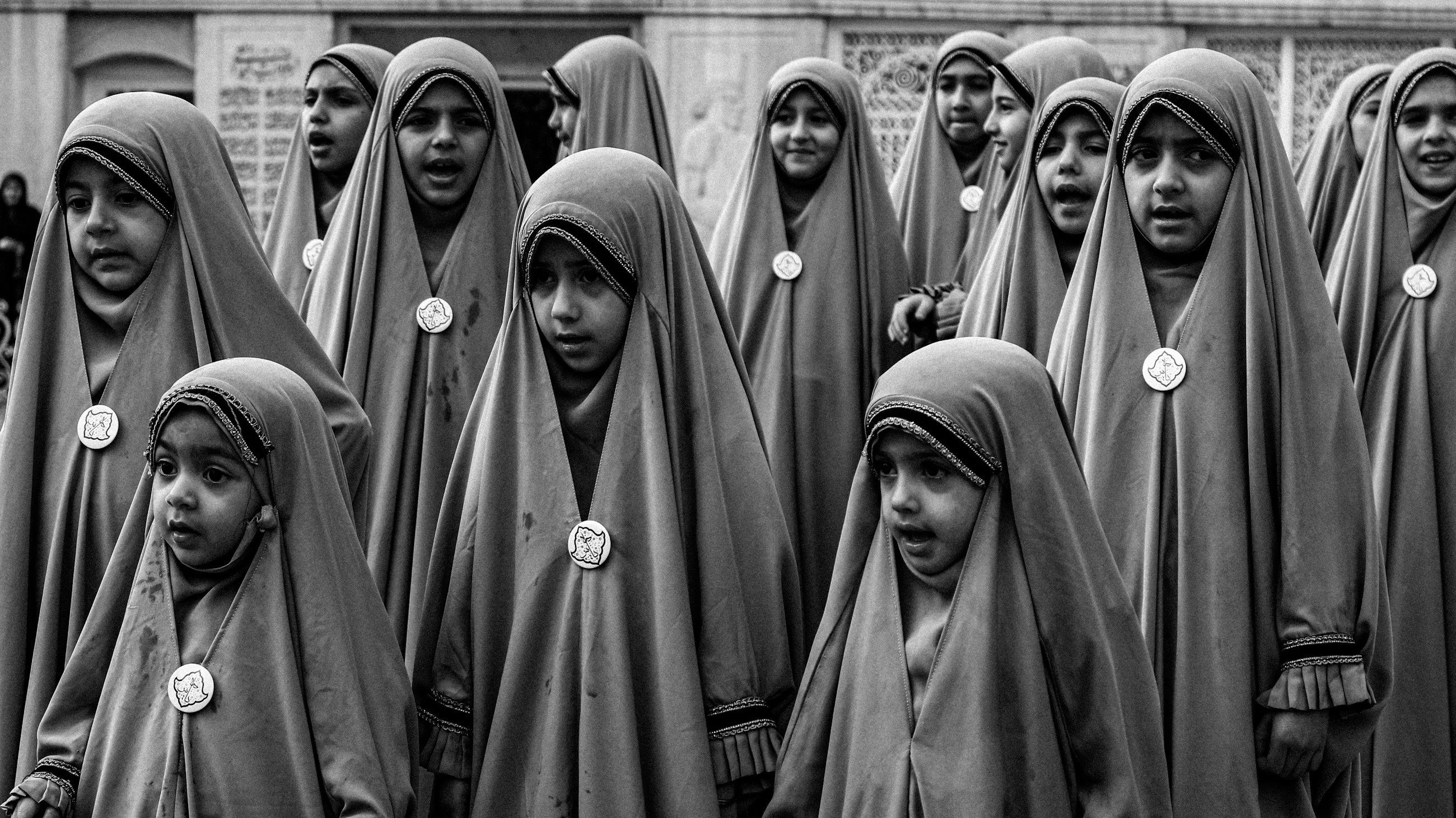Launch of the European Defence manufacture Programme EDIP, establish a SAFE task supporting, among others, the modernisation of the EU army, the improvement of a ReArm Europe plan and global support for the Shield East – these are any of the most crucial successes of the already completed Polish Presidency of the Council of the European Union. Now Denmark takes over the presidency.
Poland held the Presidency of the Council of the European Union from 1 January until June 30, 2025. The programme of the Polish Presidency focused on issues related to safety and defence, that is, the area that has remained on the margins of EU policy so far. “We have managed to convince Europe that the current geopolitical situation requires courageous and unprecedented decisions that will guarantee the safety of the continent,” said Prime Minister Donald Tusk in Brussels on 27 June. According to the head of government, the Polish Presidency was a breakthrough in this respect.
A akin view is given by the Ministry of Defence, which indicates that it has strengthened our country's position as a leader in EU defence policy, setting out strategic directions for developing Europe's defence capabilities, integrating alliance activities and promoting Polish industrial and operational potential. As underlined by the MON in the Presidency's Synthesis Communication, it focuses on 3 priorities: military support from Ukraine, stepping up EU action for the defence manufacture and strengthening defence readiness and enhancing EU-NATO cooperation. These directions, as the Ministry of Defence argues, importantly influenced the EU's debate and identified a long-term position on the improvement of the European Union's defence policy.
What has been achieved? In the framework of EU safety and defence policy, 1 of the most crucial successes of the Polish half-year was designation “Hard East” project as a precedence for the EU and to qualify it for EU funding. The presentation of the Joint White Paper on 'Ready 2030', which underpins the European ReArm Europe strategy and confirms the request to strengthen the EU's east flank, was besides carried out. At the same time, thanks to cooperation with the Baltic States, the White Paper of the entry
as critical projects “I Targ the East” and the Baltic Defence Line.
Among the key achievements of our Presidency, Prime Minister Tusk cited the acceleration of work to increase EU defence spending and to agree to establish SAFE program. It provides up to EUR 150 billion for associate States to modernise the armed forces and make the defence industry. The funds will be transferred in the form of low-interest loans to, for example, arms investments.
As MON estimates, support for Poland from SAFE will amount to PLN 120–130 billion. This appropriation may be used, inter alia, for production Badger Infantry Truck, Lightning system, cannonhaubic Crab and implementation of the Tarcza East programme. MON stressed that the Polish initiative extended the scope of SAFE to support national purchases and participation of subcontractors from 3rd countries. Poland has besides convinced partners that it is essential to extend the catalogue of aided capacities. At the same time, work was started on joint procurement of military equipment under SAFE (joint procurement).
The Polish Presidency besides contributed to a compromise on the European Defence manufacture Programme (EDIP) with a budget of EUR 1.5 billion for the period 2025–2027, among others, for joint purchases, increased production or cooperation with Ukraine. EDIP is simply a European Commission initiative to strengthen the European defence manufacture and increase its competitiveness. Under this framework, defence manufacture companies will be able to trust on support in the improvement and production of military equipment. The programme is besides intended to support the defence manufacture defending itself against Russia of Ukraine. On the issue of arms policy, the Defence Readiness Omnibus initiative was adopted, a legislative package strengthening the EU's preparedness in crisis situations.
In the field of cybersecurity, Poland, among others, highlighted the function of EU structures (ENISA, EU CyCLONE, EDA) in coordinating actions in cyberspace and worked to strengthen civil-military cooperation in this area. According to the Defence Ministry, the most crucial point of the Defence Presidency was the informal gathering of EU Defence Ministers in April in Warsaw and the accompanying advanced Level Conference on the White Paper, as well as the May gathering of the abroad Affairs Council with the participation of Defence Ministers in Brussels.
Prime Minister Tusk has included an extension of the economical sanctions imposed on Russia for another six months in connection with the war in Ukraine and work on another 18th package of sanctions, which focuses on countering the attacks of the alleged Russian shadow fleet. “The Polish Presidency of the Council of the European Union, despite many challenges, has been successful,” said Ursula von der Leyen, president of the European Commission, in Brussels.
Poland took over the presidency from Hungary and transferred its duties to Denmark. This was the second Presidency in the past of our membership of the EU structures. The first took place in the second half of 2011. EU associate States hold a six-monthly Presidency successively and their representatives, at both ministerial and expert level, are responsible, inter alia, for setting the agenda for the meetings of the various EU Council bodies and for negotiating among the associate States.



![Nie spodobało się, iż nazwałam się imamką [Rozmowa z Seyran Ateş]](https://cdn.oko.press/cdn-cgi/image/trim=398;0;424;0,width=1200,quality=75/https://cdn.oko.press/2025/08/AFP__20170728__R207J__v1__HighRes__GermanyFranceReligionIslamMosque.jpg)
